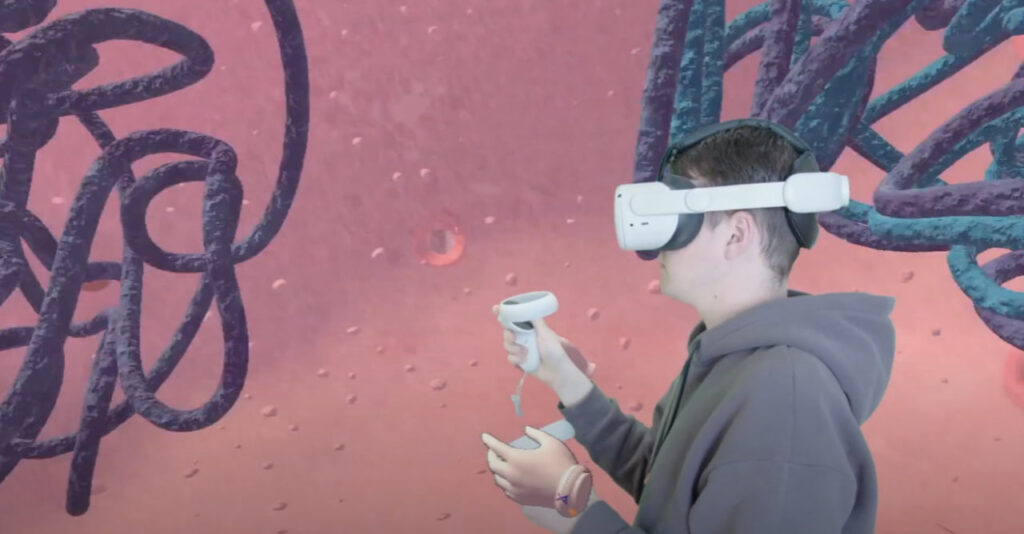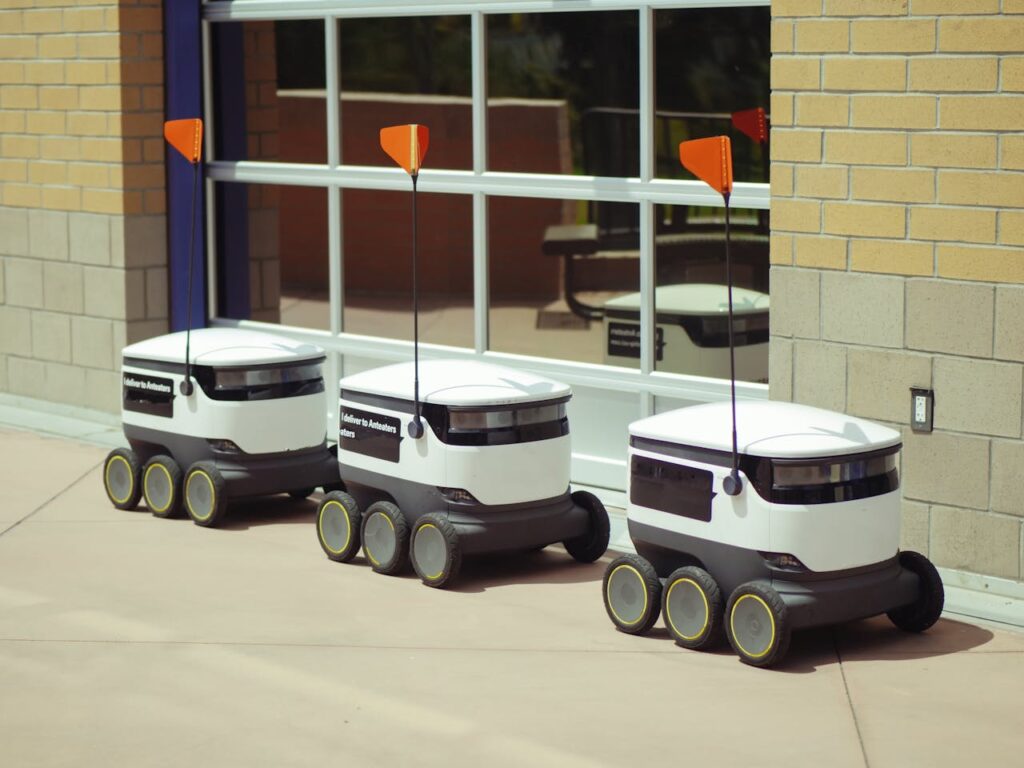

Everywhere you turn, headlines warn us about artificial intelligence taking over jobs, lowering human creativity, and thrusting the world into disarray. Is AI truly an unstoppable force that will upend everything we know—including our schools and classrooms?
Don’t panic. While it may seem ominous at first glance, this technology isn’t destined to replace teachers or eradicate meaningful work. Instead, it offers a huge advantage to those who learn how to harness it effectively. Below, we’ll explore the actual impact of AI in schools, how it benefits teachers, and why resisting it may be as futile as trying to stop the internet itself.
One of the biggest fears about artificial intelligence in schools—and in broader society—is job displacement. People worry that advanced algorithms will do the thinking for us, leaving teachers jobless and students incapable of independent thought.

In reality, AI-powered learning solutions aim to enhance, not eliminate, the human element. The role of a teacher remains invaluable for fostering empathy, creativity, and social skills—traits that algorithms can’t replicate. AI in the classroom often takes over repetitive tasks, allowing educators to spend more time on genuine teaching and personalized guidance.
This advantage isn’t about replacing teachers; it’s about augmenting their capabilities.
Check out our article on Top 5 AI Tools for Teachers to see how educators can streamline tasks and reclaim precious hours.

Another common concern: “If AI is readily available, won’t students just rely on it for homework, essays, and projects, never using their own brains?”
In a sense, yes—students are already turning to AI tutor for students apps to generate instant answers or produce essay drafts. However, this doesn’t have to spell disaster:
The real power of AI in K-12 education lies in customized learning paths. An AI-enhanced curriculum can track student performance, identify gaps, and adapt lessons accordingly. This adaptive learning technology ensures each student receives the right level of challenge and support.
EdTech AI solutions won’t vanish from education. Much like the internet, these technologies will continue evolving, influencing how we teach and learn.

While we focus on AI’s influence, it’s worth noting that immersive tools—like advanced digital simulations—also shape modern learning. We at XReady Lab specialize in interactive modules for STEM labs, using cutting-edge tech to enhance academic engagement.
But the big question is: Do these technologies replace human interaction? The answer is no. Teachers maintain a crucial role in guiding, inspiring, and addressing complex emotional or social needs that no machine can fulfill.
In fact, combining AI for personalized learning with immersive digital methods can revolutionize how students approach difficult topics—particularly in STEM. Labs powered by advanced software help clarify complex phenomena, while AI-driven tutoring pinpoints student difficulties, offering real-time solutions.
Resistance is often rooted in fear. The internet once sparked worries about plagiarized research papers and the collapse of print media. Yet we’ve adapted. AI in the classroom follows a similar path: it won’t vanish, no matter how much we debate its downsides.
Rather than resist, educators and parents can explore AI for teachers to streamline administrative tasks. AI-powered learning platforms can supplement lessons, not replace them.

Despite alarmist headlines, the answer is likely no. AI is more akin to a powerful tool—like electricity or the internet—than an uncontrollable force. Yes, it will transform industries, including education, but it doesn’t herald a total meltdown. People who learn to use these algorithms effectively will thrive, while those who ignore them risk falling behind.
AI doesn’t nullify human creativity or replace compassionate teaching. Instead, it aids those who leverage it smartly, freeing them from tedious tasks and enabling them to focus on meaningful contributions.
“Humanity Has Created an AI That Will Plunge the World into Chaos!” may be a compelling headline, but the reality is far less dramatic. While AI in schools prompts us to reconsider traditional teaching methods, its primary impact is to automate repetitive work and provide personalized learning pathways.
If you’re still skeptical, consider how a teacher using AI can design lessons or analyze student performance in minutes, while another labors for hours. That’s not chaos; it’s progression.
No matter how advanced AI becomes, it remains a tool. Let’s adapt its capabilities for the greater good—empowering educators to do what they do best: guiding the next generation to think, innovate, and lead.
Interested in exploring AI-driven teaching tools that lighten your workload? Check out our article on Top 5 AI Tools for Teachers and see how to make the most of this new educational frontier.
Frequently Asked
We prodive VR biology, VR physics, and VR chemistry simulations. Please, check our catalog.
Please, fill the form to get demo labs for free.
Please contact our customer support service at support@xreadylab.com or book a call with the team to find out the conditions and book the VR class set up at your school.
Subscription to XReady Lab interactive VR labs. If you are a school, then you are also given access to the VR classroom system. VR class system helps you easily launch VR lessons for a large number of students, follow the experience of each student, as well as customise the content without developers.
We adhere to the world’s generally accepted recommendations and research. Our products are suitable for children from 12 years old.